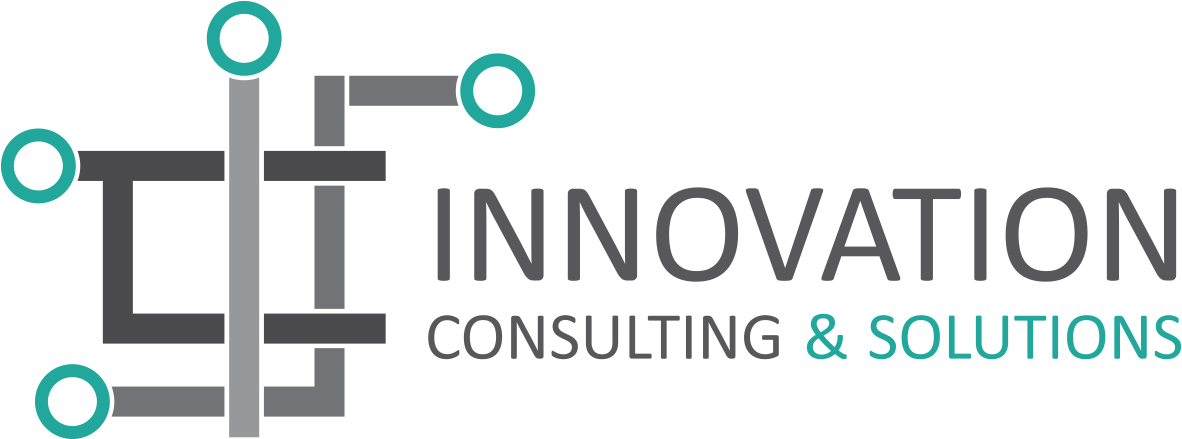ICT Solutions for NGOs
Empowering NGOs with Intelligent Technology
ICS, the leading provider of intelligent ICT solutions designed to empower nonprofit organizations and revolutionize their operations. With a passion for driving positive change, we combine cutting-edge technology, innovative thinking, and a deep understanding of the nonprofit sector to deliver game-changing solutions tailored to your organization’s unique needs.
In a world where effective data management, streamlined processes, and impactful engagement are paramount, ICS stands at the forefront of digital transformation. We believe that technology has the power to amplify the impact of NGOs, enabling them to reach more people, make data-driven decisions, and enhance their overall efficiency.
Discover a World of Possibilities
Smart Data Collection Tools: Say goodbye to manual data collection and embrace cutting-edge technology. Our smart data collection tools leverage AI and chatbots to streamline the process, providing you with accurate, real-time information for informed decision-making.
GIVY, E Voucher System for NGOs: Revolutionize your aid distribution with GIVY, our innovative e-voucher system. Simplify the issuance and management of e-vouchers, ensuring transparency and efficiency in delivering assistance. Benefit from its intuitive interface, multilingual support, offline capabilities, and robust security features.
HR-Maestro: Managing human resources can be a daunting task for NGOs. That’s why we’ve developed HR-Maestro – a comprehensive, user-friendly system designed specifically for NGOs. Automate your payroll calculations, simplify employee management, and empower your team with self-service capabilities. With HR-Maestro, you can save time, reduce errors, and focus on what truly matters – making a difference.
Maestro Procurement: Streamline Your Procurement Processes: Bid farewell to manual paperwork and inefficiencies in procurement management. Our Maestro Procurement solution automates the entire procurement lifecycle, ensuring transparency, compliance, and cost-effectiveness. Experience streamlined processes, reduced costs, and optimized resource allocation.
Experience the Expertise of ICS: Passionate Partners for NGO Empowerment
Join the ranks of forward-thinking nonprofits that have embraced the power of ICS to transform their operations and amplify their impact. Let us empower you to unlock new possibilities, inspire change, and create a better future for the communities you serve.
Step into the realm of intelligent ICT solutions with ICS and embark on a journey of innovation, efficiency, and growth. Contact us today to explore how our transformative technologies can revolutionize your nonprofit operations and drive sustainable change. Together, let’s rewrite the future of nonprofit excellence.
